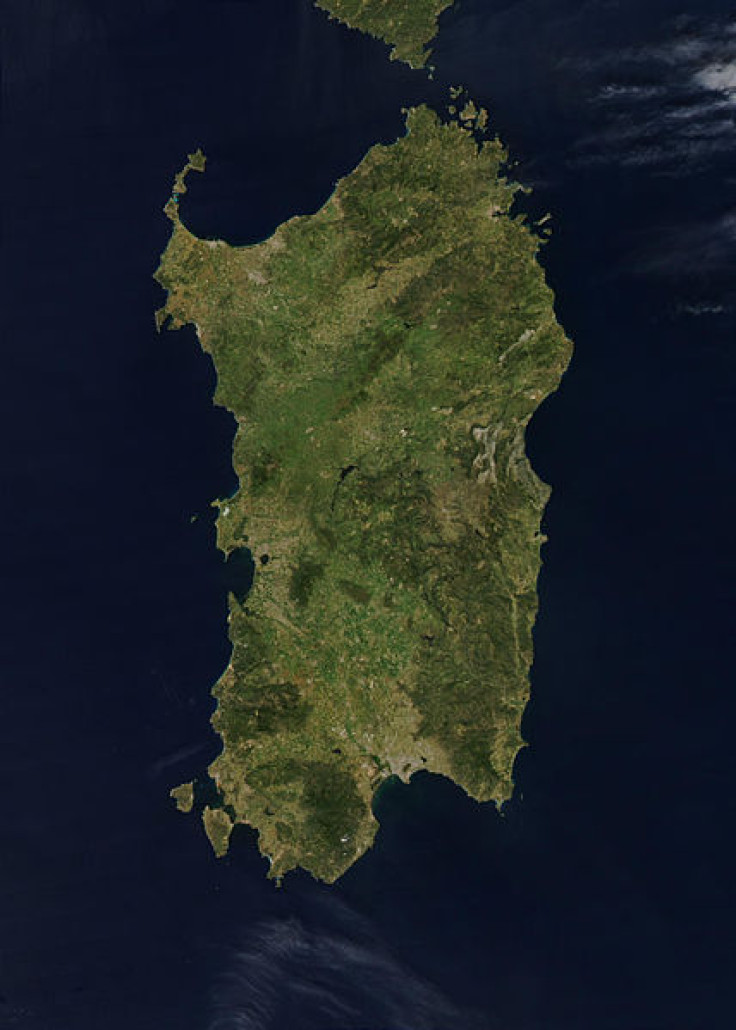DNA study unveils secrets of Sardinians' unique ancestry
Sardinians harbour a distinctive genetic heritage as a result of having lived isolated on an island.

The inhabitants of the Italian island of Sardinia have a distinct genetic heritage which sets them apart from other Europeans. Their particular history and isolation from the rest of the continent may explain why these people's genetic signatures are unique, scientists believe.
Sardinia is known to have remained unconnected to the Italian mainland, even when sea level was at its lowest during the Last Glacial Maximum, which reached its peak some 21,500 years ago. As such, their interactions with other Europeans have remained limited over thousands of years.
Previous investigations into the genomes of Sardinians have revealed that they harbour high levels of nuclear genome similarity with European Neolithic farmers as well as with the famous Tyrolean Iceman.
However, many scientists believe that these Neolithic farmers were not the first people living on the island.
Both archaeological and genetic evidence suggest that pre-Neolithic European people already inhabited Sardinia by 13 000 years ago (during the Mesolithic era), and have also left a trace in the genomes of modern Sardinians – but not everyone agrees with this theory.
A study now published in Molecular Biology and Evolution sheds a new light on Sardinians' complex ancestry. By looking at mitochondrial DNA – genetic material passed on by mothers to offspring – instead of nuclear DNA, the researchers help clarify the population's genetic links with modern and ancient Europeans. They also attempt to settle the debate about who the first inhabitants of the island were.
A genetic window into the past
The scientists analysed a total of 3,491 mitochondrial DNA samples from the present-day population on the island. They compared them with 21 ancient samples collected from skeletal remains found in rock-cut tombs, megalithic tombs, caves and rock shelters dating back to between 3,000 to 6,100 years ago.
The results suggested that 78.4 % of the modern mitogenomes cluster into "Sardinian-specific haplogroups" (haplogroups are genetic population groups who share a common ancestor). This means that there is little mitochondrial genetic diversity among Sardinians compared to other European populations.

"That percentage is extremely high," lead author Dr Maria Pala said. "If you look at Europeans as a whole, you cannot essentially distinguish an English person from an Italian or a French, because Europeans have mixed together for a long time."
Sardinians thus appear to harbour a unique genetic heritage. The most likely explanation is that this is a result of having lived cut off from the rest of Europe, on an island for many years.
Most of them appear to have descended from the first farmers who occupied the island since the Neolithic and Bronze Age, between 2,000 and 8,000 years ago.
However, the findings do not completely discard the hypothesis that another population already lived on the island some 13,000 years ago. In fact, the study confirms that traces of these ancient people's DNA may be found in some modern Sardinians.
The scientists have identified two haplogroups which may have been present on the island before the arrival of the first Neolithic farmers. These haplogroups are called K1a2d and U5b1i1, and together comprise almost 3% of modern Sardinians.
"Such a scenario would not only support archeological evidence of a Mesolithic occupation of Sardinia, and recent genome-wide studies, but could also suggest a dual ancestral origin of its first inhabitants", the authors write.
© Copyright IBTimes 2024. All rights reserved.






